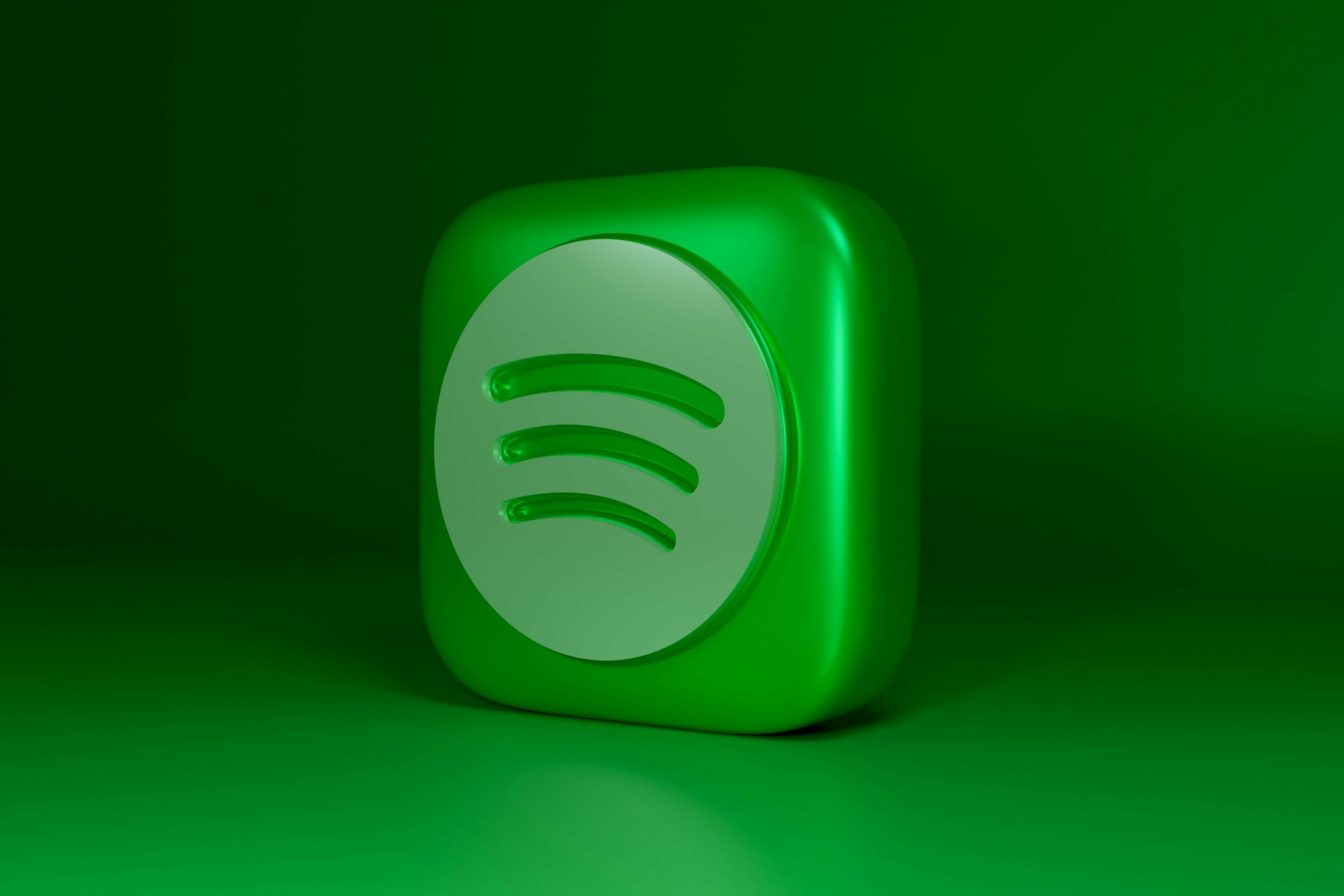Selecting the ideal social media platform for influencer marketing is fundamental. When you pick the right venue, you’re broadcasting a message and effectively reaching your target audience. It sets the stage for increased engagement and higher ROI.
This article will walk you through various platform options, their pros and cons and how they align with different brand objectives. It will be your go-to guide in this crucial decision-making process.
What is Influencer Marketing?
It is a modern advertising strategy that leverages individuals with influence and reach, often on social media, to promote products or services. The relationship is mutually beneficial — brands get authentic exposure, while influencers receive compensation or other perks.
The growth of influencer marketing has been nothing short of remarkable. Over the past few years, it has exploded into a multi-billion dollar industry. This trend usually targets higher-income shoppers, millennials and Gen Z. In 2020, 34% of digital users shopped online because of an influencer recommendation.
Why Platform Choice Matters
Choosing the wrong platform for your influencer marketing campaign can severely limit your reach and engagement. For instance, if your target audience is Gen Z but you focus on Facebook, you’ll miss connecting with a large portion of your ideal market.
Different sites attract different age groups, professions and interests. For example, LinkedIn is more suited for B2B campaigns targeting professionals, while TikTok is popular among younger audiences interested in entertainment.
No matter how great your campaign is, it won’t deliver the expected returns if you’re not reaching the right people. In addition, some platforms offer better analytics and tracking options than others, which helps optimize your campaign for better results.
Instagram: The Visual Hub
It excels in visual storytelling, making it a powerhouse for brands that rely heavily on aesthetics. Instagram is a perfect match for lifestyle, fashion and travel brands because it allows them to showcase their products and experiences in the most visually appealing way.
One of Instagram’s key features is Stories. Brands can use these short, 24-hour snippets for time-sensitive promotions or behind-the-scenes looks. Another impactful feature is Reels, short videos that can go viral quickly, extending your organization’s reach exponentially.
Brands can create compelling narratives by leveraging the app’s focus on visual content and its dynamic features. They also offer interactive elements like polls, questions and swipe-up links that drive engagement and actions.
TikTok: The Trendsetter
It’s a magnet for younger audiences, especially Gen Z and millennials. Its fast-paced, highly engaging videos make it an ideal platform for brands aiming to connect with this demographic. Moreover, 56% of brands use TikTok, making it the most favored channel for influencer marketing.
One of TikTok’s standout features is the ability to create “Challenges,” interactive campaigns encouraging user participation. They can quickly go viral, engaging existing fans while drawing in new ones. The “Duets” feature also allows users to create content alongside existing videos, offering a fun and collaborative way for influencers and followers to interact.
The site’s appeal to a younger audience, its viral mechanics and unique features make it a potent platform for influencer marketing. It allows for creative, high-impact campaigns that resonate with the youth, boosting brand reach and engagement.
Twitter: The Conversation Starter
It’s a go-to platform for sharing insights, news and opinions, making it ideal for brands that want to establish authority in their field. Whether a live Q&A session or tweeting industry trends, Twitter allows immediate interaction with your audience, giving your brand a human voice.
Moreover, the app curates “trends” based on algorithms considering location, engagement and current events. These trending topics provide a snapshot of people’s discussion, allowing brands to join relevant conversations.
However, Twitter has limitations when it comes to multimedia content. Its primary focus is text-based content. While you can share images and short videos, they’re often secondary to the text, making it less suitable for brands that rely heavily on visuals.
YouTube: The Long-Form Leader
It’s the premier platform for in-depth, long-form content, making it an excellent fit for influencer marketing that requires more than a glance. YouTube is particularly beneficial for industries like tech, education and how-to niches, where detailed explanations, product reviews or tutorials are the norm.
Critical features like playlists allow you to curate a series of videos around a specific theme or subject matter. It lets viewers quickly consume related content in one go, increasing watch time and boosting your channel’s visibility. Live streaming is another powerful feature that enables real-time interaction with your audience, suitable for product launches or Q&A sessions.
Facebook: The Community Builder
It stands out for its ability to create and nurture communities, making it a valuable asset for influencer marketing. Moreover, 89% of marketers worldwide use Facebook to promote their business.
One of the app’s unique features is Marketplace, a digital platform where people can buy and sell items. It provides an excellent opportunity for influencer marketing, especially for brands that want to promote products directly to a ready-to-buy audience.
Additionally, groups on Facebook allow like-minded people to come together and discuss shared interests, providing a fertile ground for influencers to connect with their audience on a deeper level. Brands can collaborate with influencers within these groups to foster authentic engagement.
LinkedIn: The Professional Network
It’s instrumental for B2B marketing and has become increasingly relevant for influencer marketing, especially for brands in professional industries. The platform’s user base consists mainly of professionals and decision-makers, making it an ideal space to establish thought leadership and build brand credibility.
Moreover, 71% of marketers said the significance of influencers in B2B marketing became more pronounced during the pandemic. With remote work becoming the norm and traditional networking events put on hold, online platforms have become essential channels for businesses to reach and engage with their audience.
How to Make the Choice
Picking the right platform for influencer marketing involves a structured approach. Here’s a simple guide to help you make an informed choice:
- Identify your target audience: Know your target market’s age, interests and online habits.
- Set objectives: Define what you aim to achieve — brand awareness, sales or engagement.
- Competitor analysis: Look at where your competitors are active and analyze their engagement levels.
- Assess platform features: Each platform has unique features that brands can leverage for influencer marketing. Assess how these can help meet your objectives.
- Consider budget and resources: Each platform has its cost structure for influencer partnerships. Ensure you consider budget, time and workforce to manage campaigns.
- Run a pilot campaign: Test the waters to gauge effectiveness and ROI before going all in.
- Review and iterate: After your campaign, take stock of what worked and what didn’t. Use this data to optimize future campaigns.
Make Your Platform Choice Count
Choosing the right avenue for influencer marketing is critical to your reach, engagement and ROI. Unique features on platforms offer distinct advantages based on your industry and goals.
Taking the time to evaluate each platform carefully will set the foundation for a successful campaign. By being thorough and strategic, you’ll maximize your investment and drive meaningful results for your brand.
Recent Stories
Follow Us On
Get the latest tech stories and news in seconds!
Sign up for our newsletter below to receive updates about technology trends














